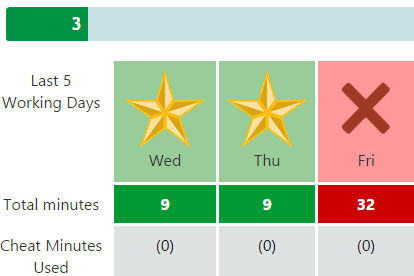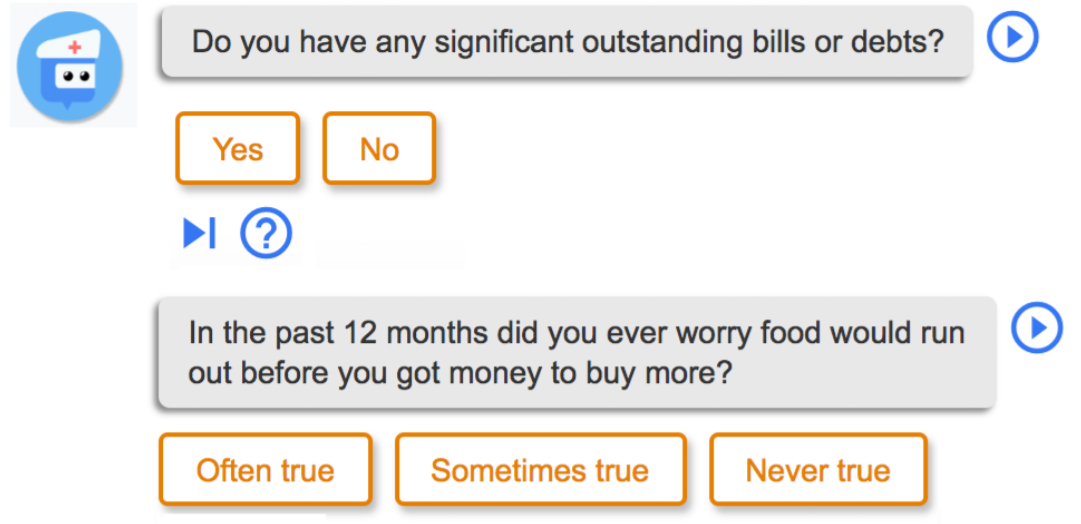Supporting health behaviors using technology
In this research we seek to understand the challenges people have in implementing heath goals in their everyday life, how they collaborate with people with different exercise (clinicians, friends, family, crowd members) in taking positive action.
How do therapists and patients collaborate in designing and implementing behavior goals aligned with people's everyday life?
This work in progress seeks to understand needs and to design support for patients and clinicians in collaborating to co-create behavioral interventions in a person's everyday life. We are also studying how people develop goals for supporting mental health over 9 weeks.
How can online tools enable non expert crowd members to use evidence based techniques for exercise support?
This research shows a tool can support people in receiving personalized, evidence based support from online connections. By breaking down complex tasks like exercise planning, providing feedback to the helpers, and guiding them with easy to follow interactions, a novice can provide expert-level advice.

How can peers help support positive action towards behavior changes?
We find that friends and strangers can develop basic action plans for others to exercise more, eat healthier or save money. They have different levels of expertise, such as: diversity and feasibility of ideas, level of personalization, availability of accountability, how easy it is to disclose information with.
How can online peers support healthy eating through Instagram?
People use Instagram for food tracking. In this paper we illustrate how people use Instagram to seek and offer social support, to keep accountable, and to find information that informs their actions towards healthy eating.
How can a system help you recover from goal failures?
In this work we show a modality through which systems can facilitate lapse management as part of the system design through "cheat points" to help people recover from failures and sustain participation towards desired goals.
Understanding and reshaping communication in clinical contexts
Many health interventions and interactions are designed top down, not incorporating feedback from the immediate users of such interventions, like patients and providers. In this research we seek to understand patient communication needs and redesign interaction with clinicians to be more in line with patient needs.
How do hospitalized patients and their caregivers prioritize information needs?
Hospitalized patients and caregivers each vary in how they prioritize information needs and communication. We describe six personas of patients and caregivers based on their priorities in communicating with clinicians, how proactive they are in engaging with clinicians, and the type of information they want to know in the hospital.
How can conversational assistants support people in communicating about social needs?
People's engagement with emergency department screeners is low, yet critical in connecting them with the right resources. We redesign a social needs screener to support needs of people with low health literacy and create an interaction that is more engaging, personal and understandable.
Novel ways of engaging with news content
In this research we seek to understand how technology can support new ways of engaging with news and news production.
How can technology support community members in creating local news content?
Eventful is a tool that makes it possible for anyone to access the service of event reporting. The reporting process is executed behind the scenes through a crowd of people working online or at the event to produce a news report. This work extends human computation into the physical world by using local workers to collect information in person at events and remote workers to curate the collected information and generate event reports.
How do social cues impact interest in reading political news stories?
People tend to prefer information sources that agree with their viewpoints. In this study, we evaluate whether we can use annotations showing that a story was shared by people who are in some way similar to encourage people to read articles that may challenge their viewpoints.
ICWSM 2015







